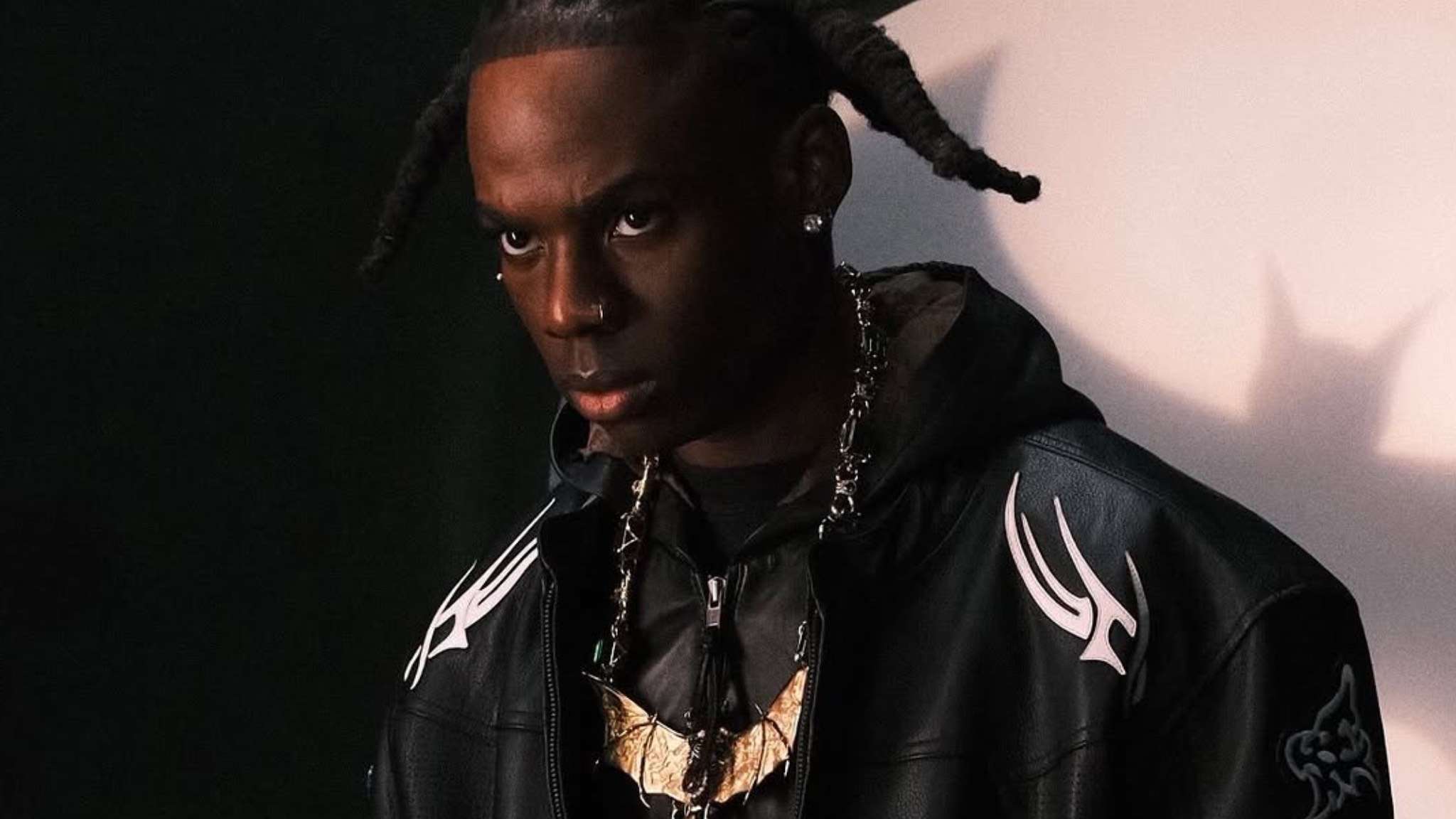10 Essential Facts Every Muslim Should Know About the Ud’hiyah (Ileya) Sacrifice
10 Essential Facts Every Muslim Should Know About the Ud’hiyah (Ileya) Sacrifice
By Sanusi Lafiagi

Here are key points every Muslim should know about the Ud’hiyah (also known as the Ileya sacrifice), observed during Eid al-Adha:
1. Permissible Animals for Sacrifice
Only specific animals are valid for Ud’hiyah: camels, cows, sheep, and goats.
2. Minimum Age Requirements
To be considered eligible for sacrifice, animals must meet the following age criteria:
Camel: 5 years
Cow: 2 years
Sheep: 6 months
Goat: 1 year
3. Number of Participants per Animal
The following sharing rules apply:
Camel: Can be shared by up to 7 individuals
Cow: Up to 7 individuals
Ram and Goat: One person only
4. Disqualifying Defects in Animals
An animal is invalid for sacrifice if it has:
Noticeable blindness or vision problems
Clear signs of illness
Visible limping
Extreme thinness to the point that there’s no marrow in its bones
5. Women and the Sacrifice
A woman is allowed to perform the slaughter herself, even if she is menstruating or experiencing postnatal bleeding. Neither gender nor ritual purity is a requirement.
6. Taking a Loan for Ud’hiyah
It is permissible to borrow money to purchase an animal for sacrifice, provided the loan is interest-free and the borrower intends to repay it.
7. Delegating the Sacrifice
One can appoint another person to carry out the slaughter on their behalf.
8. Timing for the Sacrifice
The period for Ud’hiyah begins right after the Eid prayer on the 10th day of Dhul Hijjah and continues until sunset on the 13th.
9. Distribution of the Meat
Traditionally, the meat is divided into three portions:
One part for personal or family consumption
One part to be given to the poor and needy
One part to be shared with relatives, friends, or neighbors
10. Sunnah Practices Before Sacrifice
It is recommended (Sunnah) for those intending to offer a sacrifice to avoid cutting their hair or nails from the moment the crescent o
f Dhul Hijjah is sighted until the sacrifice is done.
And Allah knows best.
TRENDING SONGS
 Wedding Called Off: How Lady Cancels Wedding After Finding Out Finance’s Affairs With Her Bestie
Wedding Called Off: How Lady Cancels Wedding After Finding Out Finance’s Affairs With Her Bestie
 Heartbreak in Ikeja: Lady Weeps After Fufu Found in New Phone Package
Heartbreak in Ikeja: Lady Weeps After Fufu Found in New Phone Package
 Twist of Fate: Man Who Questioned Phyna’s ₦1Billion Demand Mourns Brother in Dangote Truck Crash
Twist of Fate: Man Who Questioned Phyna’s ₦1Billion Demand Mourns Brother in Dangote Truck Crash
 Tragedy in Enugu: Dangote Truck Claims Lives of Family of Five
Tragedy in Enugu: Dangote Truck Claims Lives of Family of Five
 Bangkok Crackdown: Nigerian-Thai Couple in Police Net Over Drug Trafficking
Bangkok Crackdown: Nigerian-Thai Couple in Police Net Over Drug Trafficking
 Family Rift: Reno Omokri’s Ex-Wife Says He Deserted Their Special Needs Son
Family Rift: Reno Omokri’s Ex-Wife Says He Deserted Their Special Needs Son
 The Man Who Sent Money for Two Decades, Only to Return to an Empty Shell
The Man Who Sent Money for Two Decades, Only to Return to an Empty Shell
 See how a young lady was beaten in a village and naked for stealing a goat
See how a young lady was beaten in a village and naked for stealing a goat
 See How Man That Plans to Divorce His Wife, Gets Shocked When She Leaves Him First With Their 5 Kids
See How Man That Plans to Divorce His Wife, Gets Shocked When She Leaves Him First With Their 5 Kids
 Tragic Land Dispute: Man Kills Father in Imo, Pastor Arrested for Rape
Tragic Land Dispute: Man Kills Father in Imo, Pastor Arrested for Rape
Share this post with your friends on ![]()













